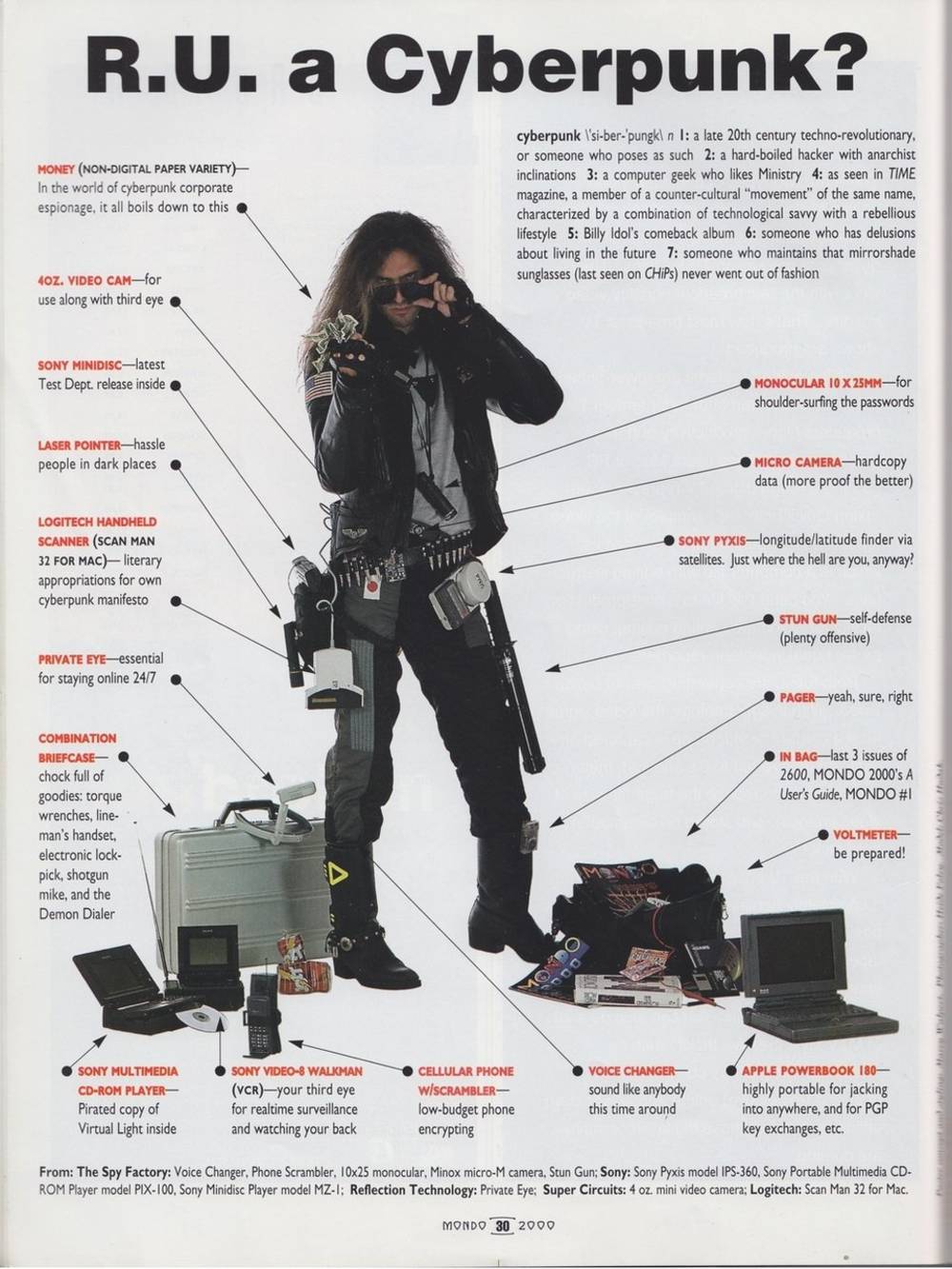Two years ago, I predicted that smartphones would replace dedicated cameras for the majority of consumers. I also had the smug notion that caring about aperture and exposure values would forever leave me with a "proper" camera. All it took was a trip to a damp Northern European island to show how wrong I was.
Lighting conditions in Scotland are challenging at best. You are usually dealing with a cloudy sky that gives you the choice of overexposed light grey overhead or an underexposed shadow of your subject matter. High Dynamic Range photography takes multiple exposures and composites them together with a bilateral filter to make the local gradients appear natural, enabling all the detail at each exposure to stand out. Though I had a choice of cameras for most subject matters, time after time I kept reaching for my phone's HDR camera over my high-end point-and-shoot.

|

|
| HDR, 5MP phonecam | Single-exposure, 10MP PowerShot |
| Sky has blue, foreground a bit neon but properly exposed | Sky overexposed, foreground good |
The trend will likely continue. The next versions of my camera (the Canon S95-110) have an in-camera HDR feature, but the camera's weak processor necessitates less-advanced image matching that creates ghosting and other artifacts. The matching and quality of the on-board image processing from my year-old smartphone is strong enough to handle moving objects in the foreground and whatever else I throw at it. The processing gap will only grow over time as camera manufacturers have a hard time justifying 8-core processors and other beasts. The science of optics has been stable for the last hundred years or so, but we're just beginning to experiment with superresolution, adaptive lighting control, and light field rendering. The action is in processing, not optics.
At this point, the most notable advantage that my point-and-shoot has over my phone is a wrist strap; I feel more comfortable dangling my well-secured camera over a canyon edge than my smooth, featureless slab of a phone. Build a retractable iPod Touch-style "loop" into my next phone and I may not bother bringing a dedicated camera along on my next vacation.









